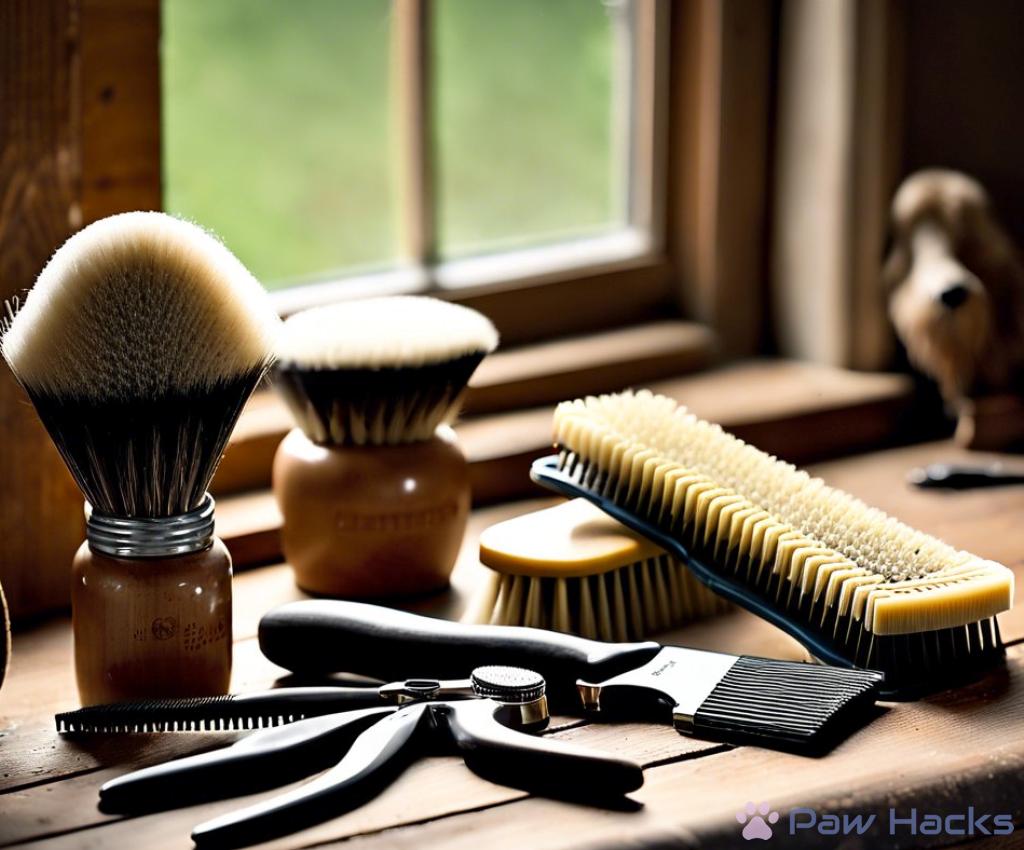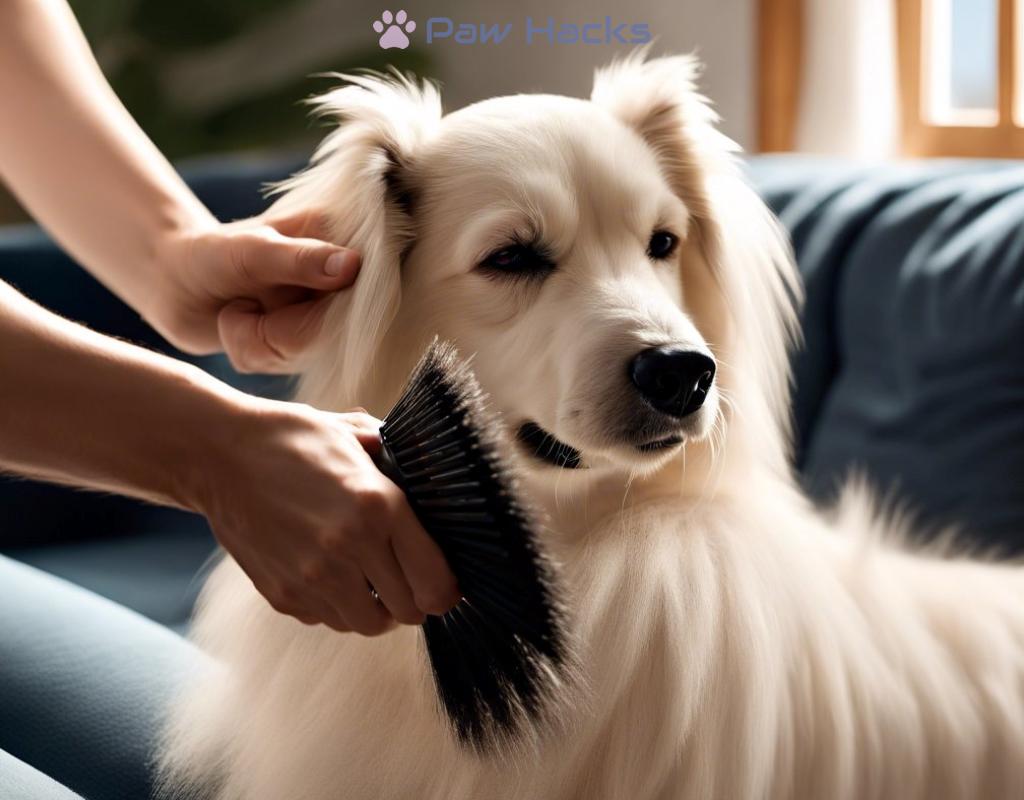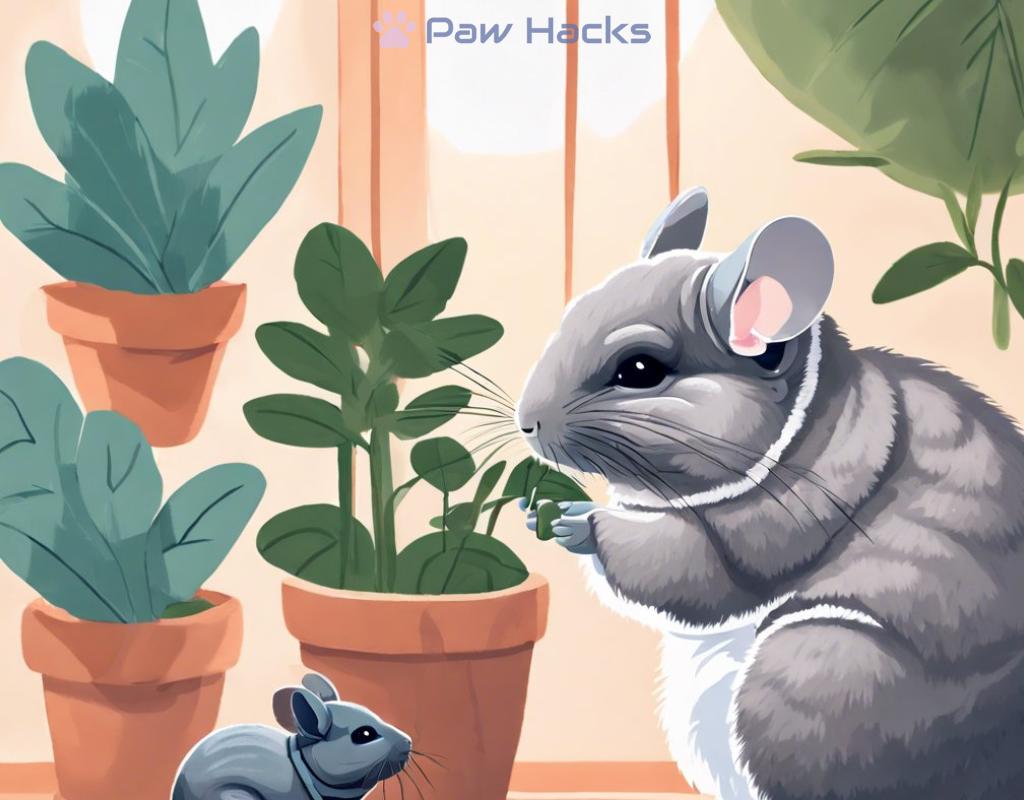Brushing a Dog’s Undercoat
Unlocking the Secrets of Your Dog’s Undercoat: A Grooming Guide
The undercoat is a crucial component of your dog’s coat, providing insulation and protection against extreme temperatures. It’s often softer and denser than the outer coat, which can make grooming a bit tricky. This guide will help you understand the importance of your dog’s undercoat and how to care for it effectively.
Many dog owners are unaware of the significance of the undercoat in regulating their dog’s body temperature and protecting their skin. Knowing how to properly manage this fur can lead to a happier and healthier pet.
Before you start grooming your dog’s undercoat, it’s essential to have the right tools. Using the correct equipment will make the process smoother and more effective, ultimately benefiting your dog’s coat and skin health.
- Undercoat Rake: This tool is designed to penetrate the top coat and reach the undercoat without damaging the skin.
- Slicker Brush: Ideal for removing loose hair and preventing matting.
- De-shedding Tool: Great for reducing shedding and maintaining a tidy coat.
- Comb: A good comb can help you tackle tangles and ensure an even grooming.
With these tools in hand, you’ll be well-equipped to handle your dog’s grooming needs.
Grooming your dog’s undercoat doesn’t have to be a daunting task. Following a structured approach can make the process efficient and enjoyable for both you and your furry friend. Here’s a simple step-by-step guide:
- Choose a Comfortable Location: Ensure you have a comfortable space where your dog feels safe.
- Start with a Brush: Begin with the slicker brush to remove tangles and loose hair from the top coat.
- Use an Undercoat Rake: Gently work through the undercoat, being careful not to pull on the skin.
- De-shed as Needed: If your dog sheds heavily, use a de-shedding tool to reduce excess fur.
- Finish with a Comb: Use a comb to ensure all mats are removed and the coat is even.
By following these steps regularly, you can keep your dog’s undercoat healthy and well-maintained, reducing the chances of mats and tangles.
The Best Tools for Brushing Your Dog’s Undercoat: Grooming Essentials

When it comes to maintaining your dog’s undercoat, having the right tools is paramount. The market offers a variety of grooming essentials that can make the process easier and more effective. Each tool serves a unique purpose in managing the dense fur beneath the outer layer, so understanding their functions can help you choose wisely.
Before diving into grooming, it’s beneficial to know the essential tools that can help you care for your dog’s undercoat. Below is a list of must-have tools that every dog owner should consider:
- Undercoat Rake: Ideal for reaching the undercoat without damaging the skin, this tool effectively removes loose fur.
- Slicker Brush: This brush is perfect for detangling the top coat and catching any mats before they become an issue.
- De-shedding Tool: Specifically designed to minimize shedding and maintain a cleaner environment.
- Fine-toothed Comb: A comb is great for finishing touches, ensuring that mats are removed and the coat is even.
To help you make an informed choice, here’s a comparative overview of the essential grooming tools:
| Tool | Function | Best For |
|---|---|---|
| Undercoat Rake | Penetrates the top coat | Thick and double-coated breeds |
| Slicker Brush | Removes tangles and loose hair | All coat types |
| De-shedding Tool | Reduces shedding | Heavy shedders |
| Fine-toothed Comb | Finishing grooming touches | Ensuring an even coat |
By understanding the purpose of each tool, you can create a comprehensive grooming kit tailored to your dog’s specific needs. Investing in quality grooming tools not only enhances your dog’s appearance but also promotes their overall health and comfort.
Mastering the Technique: How to Brush Your Dog’s Undercoat Like a Pro
Brushing your dog’s undercoat is not merely a chore; it is a vital part of maintaining your dog’s overall health and happiness. When done correctly, it can significantly improve their comfort, reduce shedding, and even enhance their appearance. To achieve professional-level grooming at home, it is essential to master specific techniques that will make the process more effective and enjoyable for both you and your furry friend. With the right approach, you can transform grooming time into a bonding experience.
To become a pro at brushing your dog’s undercoat, it is crucial to employ both technique and patience. Start by preparing your dog. Ensure they are relaxed and comfortable; this could mean grooming them after a walk or playtime when they are calm. Establishing a calm atmosphere will make the process smoother. Next, use gentle strokes with your undercoat rake, working in the direction of hair growth. This will help avoid tugging on the skin, which can cause discomfort. It is essential to pay attention to the areas that are more prone to matting, such as behind the ears and under the legs, spending extra time to work through those areas carefully.
Another important technique is to divide the grooming session into manageable sections. Work on small areas at a time, which allows you to focus on removing any loose fur and tangles effectively. This method not only reduces the chance of overwhelming your dog but also ensures a thorough grooming without missing spots. Remember to use the slicker brush to detangle the top coat before you dive into the undercoat. This two-step approach keeps the process organized and efficient.
Creating a positive experience during grooming is just as important as the techniques you employ. Incorporate positive reinforcement to make your dog associate grooming with pleasant feelings. Use treats and praise throughout the process to encourage your dog to remain calm and cooperative. If your dog becomes anxious or restless, take a break and allow them to relax before continuing. This will help build a trusting relationship, making future grooming sessions easier.
Lastly, don’t forget to check your tools regularly. Ensure your brushes and rakes are clean and in good condition to avoid any potential skin irritations. Investing time in mastering the art of brushing your dog’s undercoat will not only lead to a healthier coat but will also strengthen the bond with your pet. With practice, patience, and love, you will be able to groom like a pro, keeping your dog looking and feeling their best.
Understanding Your Dog’s Coat: When and Why to Brush the Undercoat
Understanding your dog’s coat is essential for effective grooming, particularly when it comes to brushing the undercoat. The undercoat plays a crucial role in maintaining your dog’s comfort and health, offering insulation during cold weather and protection from heat in warmer months. By familiarizing yourself with the structure and purpose of your dog’s coat, you can determine the best times and reasons for brushing the undercoat.
Timing is Everything: The frequency of brushing your dog’s undercoat depends on several factors, including the breed, coat type, and shedding season. For double-coated breeds, regular brushing is vital, especially during shedding seasons, which typically occur in spring and fall. During these times, the undercoat can become loose and start to shed significantly. By brushing frequently—ideally at least once a week—you can help remove dead hair and prevent matting, ensuring your dog remains comfortable and clean.
The Importance of Brushing: Brushing your dog’s undercoat not only helps manage shedding but also promotes skin health. When you brush, you are stimulating the skin’s natural oils, which can enhance the coat’s shine and reduce dryness. Additionally, brushing helps distribute those oils evenly throughout the fur, which is essential for maintaining a healthy coat. This grooming ritual can also serve as a bonding experience between you and your dog, allowing you to check for any skin irritations or issues that may require attention.
Understanding Your Dog’s Needs: Each dog has unique grooming needs based on their individual coat type and lifestyle. For instance, long-haired breeds may require more frequent grooming sessions, while short-haired dogs may need less regular upkeep. By observing your dog’s coat and behavior, you can tailor your brushing routine to meet their specific needs. If you notice excessive shedding or irritation, it may be beneficial to increase the frequency of your grooming sessions or consult a professional groomer for advice.
Avoiding Common Mistakes: Tips for Effective Undercoat Grooming
When it comes to grooming your dog’s undercoat, technique is everything. Many pet owners unknowingly make common mistakes that can lead to discomfort for their furry friends or ineffective grooming results. By understanding the importance of technique, you can ensure that your dog enjoys the grooming process while also maintaining a healthy coat. One of the first things to remember is to always brush in the direction of hair growth. This promotes a positive experience for your dog and prevents unnecessary tugging that can cause pain.
One prevalent mistake is skipping the initial detangling of the top coat. Before diving into the undercoat, take the time to use a slicker brush to remove tangles and mats. This step is crucial, as it prepares the fur for a more thorough undercoat grooming session. Additionally, many owners underestimate the significance of using the right tools. Each dog has unique grooming needs depending on their coat type. Using inappropriate tools can cause skin irritation or fail to remove loose fur effectively. Always ensure your grooming kit is suited to your dog’s specific coat type.
Another mistake is brushing too aggressively. While it might be tempting to exert pressure to remove stubborn tangles, this can lead to discomfort and may even hurt your dog. Instead, use gentle strokes and take your time, especially in sensitive areas like behind the ears or under the legs. It’s also wise to avoid long grooming sessions that could overwhelm your pet. Short, frequent sessions are often more effective and enjoyable, allowing your dog to acclimate to the process without stress.
Finally, remember that grooming is not just about maintaining a beautiful coat; it’s an opportunity to strengthen your bond with your dog. Incorporate positive reinforcement techniques by offering treats and praise throughout the grooming session. This will help your dog associate grooming with pleasant experiences, making future sessions much more manageable. By avoiding these common mistakes and fostering a positive grooming environment, you can ensure that both you and your dog look forward to grooming time.
Share this content:



